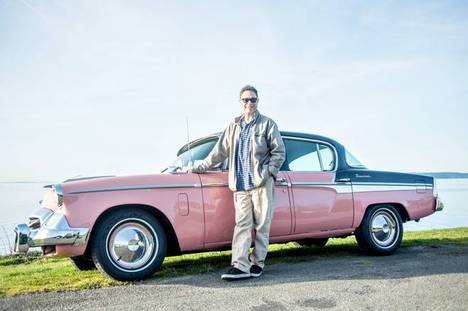(p. C7) “Elon Musk: Tesla, SpaceX, and the Quest for a Fantastic Future” isn’t the first biography we’ve had of Mr. Musk, nor will it be the last. But it is easily the richest to date. It’s also the first one Mr. Musk has cooperated with, though he had no control, the author says, over its contents. Mr. Vance is a technology writer for Bloomberg Businessweek. He won over Mr. Musk, who initially declined to be interviewed, impressing him with his diligence after he had interviewed some 200 people.
The result is a book that is smart, light on its feet and possesses a crunchy thoroughness. Mr. Vance can occasionally veer toward hagiography and the diction of news releases. After noting that Mr. Musk’s grand vision is to colonize Mars, for example, Mr. Vance writes:
“He’s the possessed genius on the grandest quest anyone has ever concocted. He’s less a C.E.O. chasing riches than a general marshaling troops to secure victory. Where Mark Zuckerberg wants to help you share baby photos, Musk wants to … well … save the human race from self-imposed or accidental annihilation.”
. . .
The best thing Mr. Vance does in this book, though, is tell Mr. Musk’s story simply and well. It’s the story of an intelligent man, for sure. But more so it is the story of a determined one. Mr. Musk’s work ethic has always been intense. One observer says about him early on, “We all worked 20 hour days, and he worked 23 hours.”
For the full review, see:
DWIGHT GARNER. “Books of The Times; For Industrialist, Sky Is No Limit.” The New York Times (Weds., MAY 13, 2015): C1 & C7.
(Note: ellipses internal to paragraph, in original; ellipsis between paragraphs, added.)
(Note: the online version of the review has the date MAY 12, 2015, and has the title “Books of The Times; ‘Elon Musk,’ a Biography by Ashlee Vance, Paints a Driven Portrait.”)
The book under review, is:
Vance, Ashlee. Elon Musk: Tesla, SpaceX, and the Quest for a Fantastic Future. New York: Ecco, 2015.


